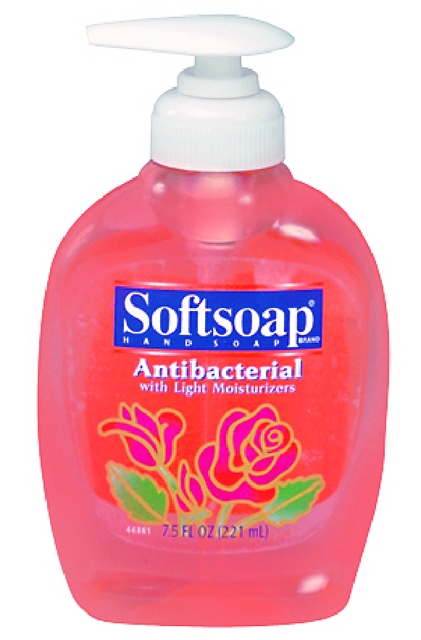As cleanser connoisseurs know, liquid soap was first patented in 1865 by William Shepphard. The product didn’t gain widespread acceptance, however, until 1980 when the Minnetonka Corporation introduced their popular product Softsoap. The company actually cornered the market on liquid soap for several years by buying up the entire stock of plastic pumps necessary for making liquid soap dispensers. (Clever devils!) In 1987, Minnetonka got bought out by the Colgate Company, ushering in the modern-day liquid soap era. But even today, the argument still rages. Liquid or traditional bar soap: Which is better? Spirited discussions on Internet forums like candletech.com, fiveinarow.com and Yahoo! Answers’ popular Home & Garden section have held up each side of this contentious debate. In December of last year, “DustBunnyDiva” weighed in on HouseAndHomeForums.com with her post “Yuck to bar soaps. There are two reasons; the big one is that gooey slime that gets under them (germs not entering into it, it’s just slimey yuck to have to clean); two is I sometimes think people won’t use soap they think is ‘too nice.’ ” On the other hand, “Cold14” at neowin.net’s Poll Station argued the opposite in a June 2007 post, saying, “liquid soap normally has moisturizer which makes your hands feel weird after you dry them.” However, “_Raven_” may have summed up the entire debate with her succinct post “liquid WTF!!!!!!!!!!!” (Go to boardreader.com for all these fascinating discussion threads and more.)Gary Kirkland, in his influential “Kirklamentary” column on Florida’s Gainsville.com (April 27, 2007), made a solid, often forgotten point about bar soap versus liquid soap. Though the baby-boomer humorist praised the “mega suds” and the “fantastic job of removing the armor plate of sunscreen after a bike ride” liquid soap provides, he did bemoan “that scrubber do-dah. For some reason they seem to come only in colors never found in a men’s department, or that match real world bathrooms. Glow in the dark peach, lavender, pink and gold, and all roughly the size of a head of cabbage. They are U-G-L-Y UGLY!” While the soap and detergent industries have made great strides in the area of liquid sanitation, it seems they’ve lagged behind in the creation of a manly scrub.So where does that leave us? Should we stick with soggy but effective soap bars or neat, but often unmanly liquid soaps? Let’s run down a few of the important facts, shall we?• Soaps with heavy scents usually have additives that can potentially reduce the positive effects of cleansing. Bar soaps tend to offer more varieties of odor-free soap than their liquid counterparts. • Since bar soap is left exposed to moisture, it can grow very small amounts of bacteria. Liquid soap is pumped straight from the container and is less susceptible to bacterial contamination—however, liquid soap is most often used with a washcloth or “scrubber do-dah,” which can harbor bacteria if not properly dried, thereby canceling out the sanitary benefits. All in all, bar soap should not be shared with large groups of people. Liquid soap is a better option for public restrooms or showers. • Bar soap tends to produce less waste, as people often overestimate the amount of liquid soap needed for a particular job. Properly cared for, a bar of soap can last for weeks. Bar soap also employs less packaging by volume. • Finally, bar soap can potentially add to the soap scum level of your shower stall.So, in the end, you’ve got to weigh your own style of soap usage against the pros and cons of each skin-cleansing format. Either way, you’ll be a squeaky-clean consumer!
Next week in The Alibi’s Soap Section: Make you own soap using only drain cleaner and beef tallow!

